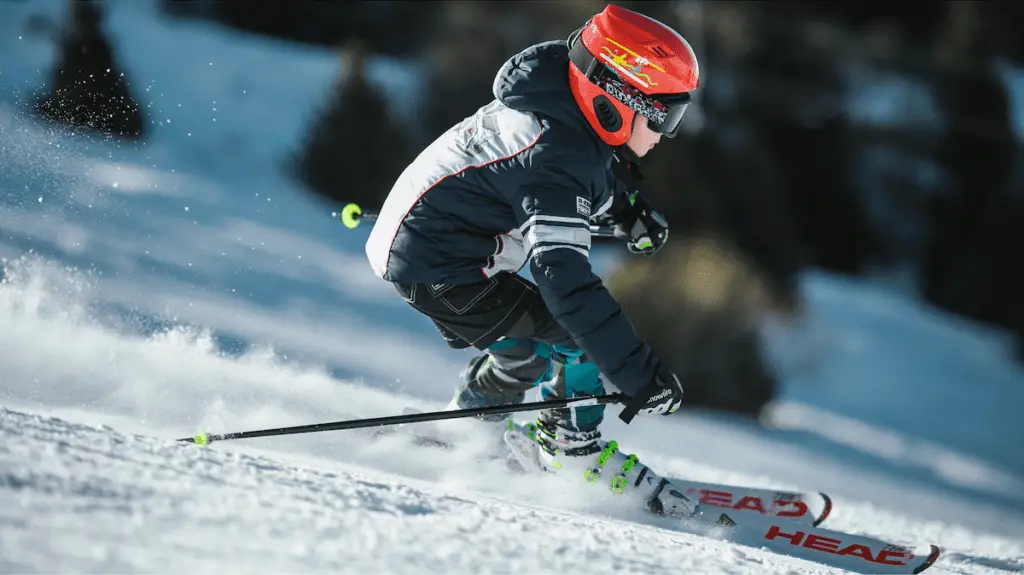Frequently
Asked
Questions

As a board-certified orthopedic surgeon and specialist in knee and shoulder surgery at the Hospital for Special Surgery (HSS) in New York City, people often reach out to me with questions about knee and shoulder surgery, recovery, and research. I provide compassionate, knowledgeable care informed by my ongoing research and offer both surgical and non-surgical treatments for knee injuries. I’ve put together this list of frequently asked questions to help you find the answers you need.
 Do you offer phone consults/telehealth visits?
Do you offer phone consults/telehealth visits?
I do telehealth visits to discuss surgery once you have uploaded an MRI and X-rays; just call my office at 212-606-1725 to make an appointment to discuss your imaging and options.
How does Cartiheal compare to OCA and MACI in your opinion?
Cartiheal is approved for patients with degenerative cartilage lesions. It’s a good option for those with bone edema or a bone/cartilage lesion, especially in those over 35.
Matrix-associated autologous chondrocyte implantation (MACI) is indicated for repair of single or multiple cartilage defects and requires two operations.
Osteochondral allograft transplantation (OCA) is for a single focal lesion greater than two square cm. It heals more quickly than MACI and requires donor tissue. The indications for Cartiheal, OCA, and MACI overlap a good deal.
What is the recovery time for Cartiheal vs. the osteochondral allograft?
Full recovery for both Cartiheal and osteochondral allograft is about six months.
Are you seeing better results from Cartiheal vs. an allograft implant?
Cartiheal is still fairly new, so I can’t say which is better. An osteochondral allograft can have around the same recovery time and has success rates of about 85%.
Are the customized knee replacements that insurance doesn’t cover worth paying extra for?
No, these are generally not worth it, as there is no data to support them.
Is it possible to do an observation of your surgical work?
Since I already have residents and fellows observing at the Hospital for Special Surgery (HSS), I typically cannot accommodate additional observers.
I’m interested in Moximed MISHA and don’t want to do a total knee yet. Is this commercially available?
Yes, the MISHA knee system is available. It is an implantable shock absorber (ISA) that is a good option for patients with early medial knee osteoarthritis.
With a retear after a knee [ACL] reconstruction, what kind of pain and swelling is expected and what other injuries would cause instability in the knee under load while trying to pivot?
Pain and swelling after an ACL/knee ligament retear are variable and dependent on the mechanism of injury. If there is any swelling, you should have an MRI done to better assess the injury.
I have a child with Ehlers Danlos that suffered a tibial plateau avulsion fracture with damage to the ACL and meniscus who also has patellar instability issues in both knees. Who should we see?
You should see a pediatric orthopedic surgeon experienced in sports or a sports surgeon experienced with patellar instability in your area, as they have relevant experience with the growth plate.
I’ve just had Tibial Tubercle Osteotomy (TTO) surgery. I’m a week post op and it’s quite painful. Any tips on what to do to get back to my active lifestyle?
Every surgeon rehabs their osteotomies differently. I recommend using a lot of cold therapy and making sure to fully straighten your knee and bend to 90 degrees when sitting. Quad sets also help keep your quads from atrophying too much.
Do you send the tibial tuberosity post-ops to physical therapy?
Yes, typically, I send patients who had TTO surgery to physical therapy for at least six months.
Is bracing an effective modality for constant hyperextension (genu recurvatum)?
No, unfortunately, bracing doesn’t really work for constant hyperextension (genu recurvatum).
Is there anything done for genu recurvatum? Or any sort of prevention that can be utilized?
We don’t treat genu recurvatum operatively, but a good physical therapist can help you train your legs to try to avoid locking them out fully in recurvatum.
I was told I can’t get surgery for my patella alta until I am fully grown. Is this true?
That isn’t completely true. We check bone age with hand X-rays and then determine when surgery is possible for patella alta. I have also published a surgical technique for shortening the patellar tendon while still growing.
I have an upcoming medial patellofemoral ligament (MPFL) surgery. How much time will I have to wait until I can start (slowly) moving again?
After MPFL surgery, you can bear weight immediately and bend your knee when sitting. If you are strong going into the surgery, you can usually get back to nearly full activity in four months.
I have patellofemoral osteoarthritis (grade IV), outerbridge cartilage loss in the patella and trochlea [femur]. Is this curable?
Depending on your age, you may be a candidate for a cartilage transplant and osteotomy or a patellofemoral replacement. If you are less than 40 years old, then a cartilage transplant might work for you.
I had a Tibial Tubercle Osteotomy (TTO). When do you recommend the screws be removed?
The screw should be removed six months or later after a TTO.
What is the injury called if the patella tendon pulls a piece of the tibia out?
That is a patellar tendon avulsion. While I would need to see imaging to provide a diagnosis or treatment recommendation, this pretty much always requires surgery.
I had a Tibial Tubercle Osteotomy (TTO) after years of pain and irritation and they found a huge gap of cartilage in my knee. Two years later, I still can’t jog or play tennis. What should I do?
If you still have pain, it may be worth getting a high-quality MRI and assessing your cartilage, as damage to it can lead to pain and an inability to run. In many cases, this can be treated with a cartilage transplant.
Have more questions about your knee surgery, shoulder surgery, or recovery?
Please reach out, and I will do my best to respond and update these frequently asked questions.
